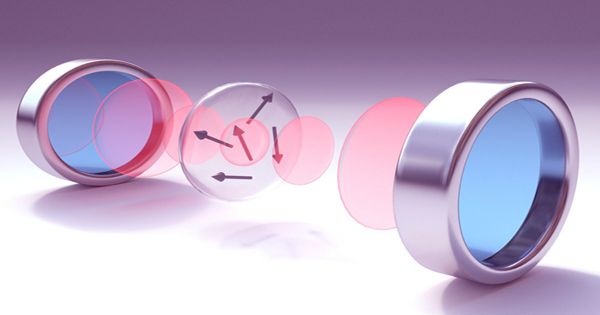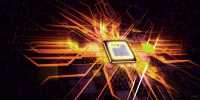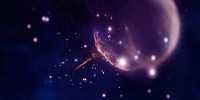This represents a major step beyond the involvement of subatomic particles usually identical subjects which presents early success in this case. For the first time, scientists have succeeded in creating a quantum mesh where one side of the inertia is large enough to see without a microscope.
The particles involved behave as a single entity where any change made in one affects the other. Unfamiliar yet, the changes may have shifted simultaneously, leading to what Albert Einstein refused to believe to be true even though he was part of the discovery, calling the event a “ghostly move in the distance.” Involvement is one of the wonderful and most inherently resistant aspects of quantum behavior, and it’s not like competition isn’t deadly.
The initial attempt at entanglement involves simultaneously pairing sub-atomic particles in the same cell and then eventually at greater and greater distances. More recently, more complex events have been achieved, including the recent involvement of trillions of atoms. We have also learned that entanglement occurs naturally, for example, billions of light-years away from the stars.
“New results make it possible to integrate into very different content.” Polzik said in a statement, “The larger the object, the more they are separated, the more discriminatory, the more interesting the engagements become from both a fundamental and applied point of view.”
As in previous experiments, Polzik placed the atomic cloud in a magnetic field and used rotating light to encircle the pendulum, but took the concept to a different level. A team led by Eugene Polzik, a professor at the University of Copenhagen, has received reports of Nature Physics, a vibrating silicon nitride membrane covering a millimeter and a cloud of one billion atoms.
The idea that quantum entanglement can create real ideas from science fiction, such as matter transmitters or accountability, is a major motivation for research on the subject. Even so, owning one is still beyond the reach of the average person.
Although laser interferometer gravitational-wave observatories (LIGOs) have made several important physiological advances in recent years, large goals, such as continuous gravitational wave detection, have been left out. Our highly sensitive measuring devices are limited by the Heisenberg uncertainty principle and their accuracy by the internal tone of the system. Entanglement cuts down this noise and gets around the Uncertainty Principle, raising the possibility that a larger version of Polzik’s entangled oscillator could enhance the sensitivity of gravitational wave detectors and other high-precision measuring devices.
Polzik is already working on an experiment to demonstrate the reality of this approach. It is unknown at this time what he will do after leaving the post. In the latter case, the solution could be to attach LIGO mirrors to the cloud instead of the Polzik’s membranes and use the cloud to suppress the sound of the mirror.
















